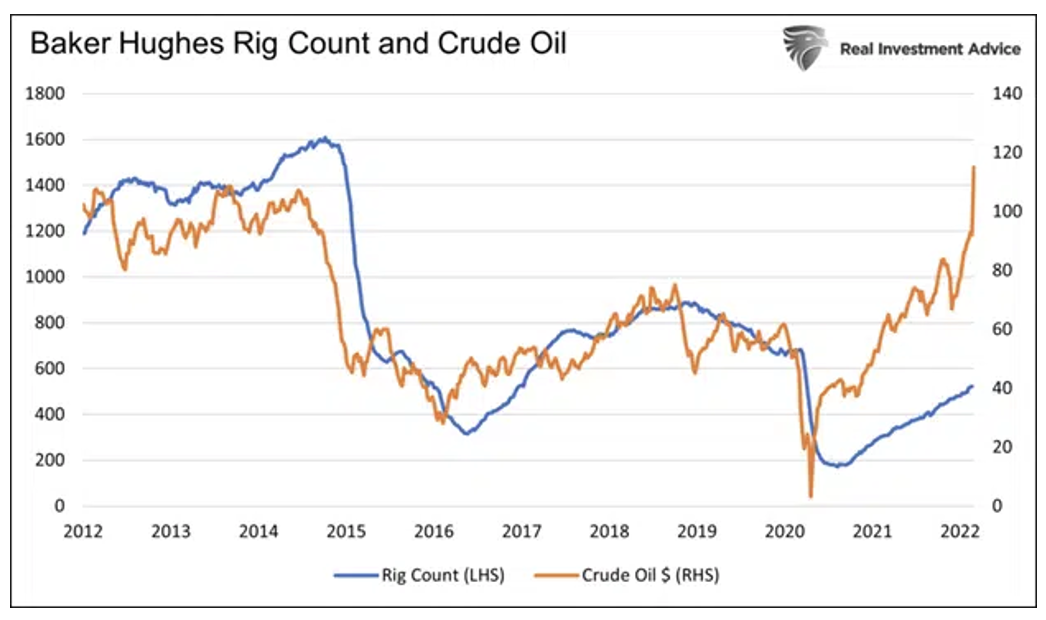Higher energy prices worrying you? Be afraid because Congress is coming to the rescue. Legislators are introducing a new bill called the “Big Oil Windfall Profits Tax Act.” The bill’s objective is to reduce the price of oil. The bill plans to tax the “windfall” profits of large energy companies at a 50% rate. It defines windfall profits as those above and beyond the year before COVID. The proceeds from the tax would be returned to consumers earning less than $75,000 through direct payments.
Q4 2021 hedge fund letters, conferences and more

If Congress’ goal is to further increase oil prices and generate more inflation, the bill is right on track. This article walks through the proposed legislation to better understand why it is grossly flawed. As I will discuss, the bill will not only generate higher prices at the gas pump, but the premise behind the bill, windfall oil profits, is dubious.
But first, it is worth looking beyond Russia’s effect on energy prices and reviewing another reason oil prices have been rising.
The Supply Side Backdrop
In High Gas Prices and Recessions, I discussed how the push toward green energy is resulting in oil supply shortfalls. To wit:
Energy companies and their customers are increasingly under heat to reduce their carbon footprint. Assuming the push toward green energy continues, oil executives must carefully consider new long-lived projects not only from an environmental perspective but from a profit perspective. Higher taxes on oil and oil exploration and increasing sources of green energy will potentially make future drilling less profitable. Unknowns such as these result in a lack of investment into the oil infrastructure.
Shown below is evidence that energy companies are holding back on new investments. The chart compares the number of oil rigs in operation to oil prices. The rig count has only modestly improved since the pandemic, yet the oil price is much higher. But the rig count should be at least twice current levels based on the past.
Read the full article here by Michael Lebowitz, Advisor Perspectives.

